- Wine Tour Destinations
It was back in the 16th century when Sherry first became a hit with the British, but its history dates back much further than this. Sherry was first produced during the time of Moorish occupation of Andalusia, around the late 12th-early 13th centuries. It is a fortified wine produced from white grapes: Palomino, Moscatel and Pedro Ximenez. Sherries are aged in a solera, where barrels of fortified wines rest in ambient temperatures and age over time.
Palomino is the dominant grape in dry sherries, while the other grape varieties typically produce sweet sherries. To make wines used in sweet sherries, winemakers make the most of the warm climate and grapes are harvested and dried out in the sun, which allows their water content to decrease and sugar levels to become more concentrated. At this point, the grapes resemble a type of raisin. They are then pressed, fermented, and oxidatively aged to create sweet wines.
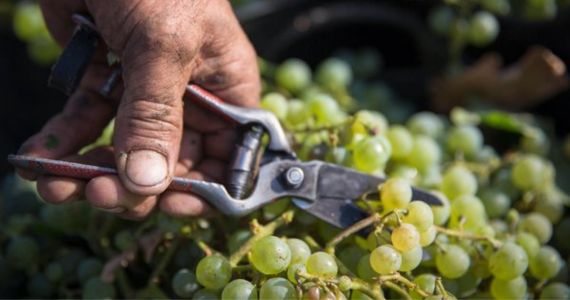

Fino is the driest sherry, typically made from high-acid Palomino grapes grown in chalky soils called ‘albariza’. To produce it, it undergoes biological ageing: it spends a minimum of two years in oak to enable it to age biologically and naturally under a layer of flor (yeast). It is lighter in colour and typical flavours are fresh dough and salty almonds. Best served chilled and paired with salty foods.
Manzanilla is also a biologically aged dry sherry. It is produced in the coastal town of Sanlúcar de Barrameda. These sherries often come out lighter in colour, with more floral notes, since they are produced and aged near to the sea, and the biological ageing allows to preserve freshness and retain those salty flavours from the seawater. Manzanilla sherry is best paired with the excellent seafood of Sanlúcar de Barrameda (named Spain’s capital of gastronomy in 2022).
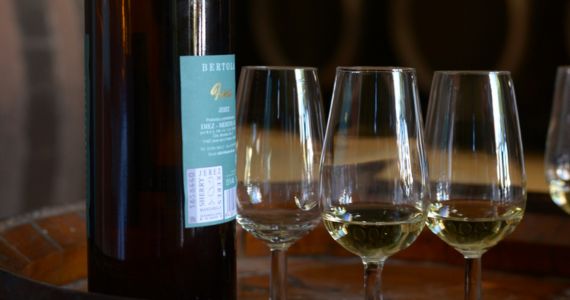
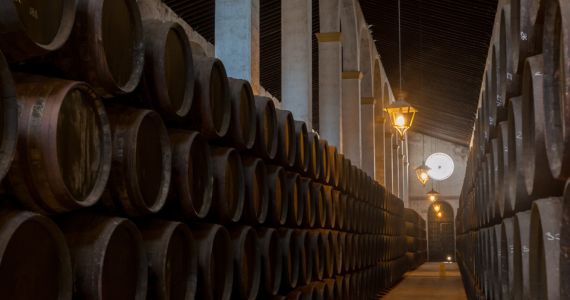
Amontillado sherries are produced using both biological and oxidative ageing. The barrels that may have been used in Fino or Manzanilla production are reused – the layers of flor will no longer be prominent, but production in this way creates a concoction of unique flavours. Amontillado sherries are slightly browner in colour, due to their exposure to air inside the barrels. Notes you can expect could be nutty flavours and sautéed mushrooms. Pair with soups or pork.
Wines that are on their way to becoming Oloroso sherries do not age under flor and go straight into a barrel for oxidative ageing. As a result, they are fuller bodied, often less dry, but full of flavours. An Oloroso sherry can be considered dry if it contains Palomino grapes, and sweet if it includes Moscatel. Complexity can develop in Olorosos that spend years in the barrel.
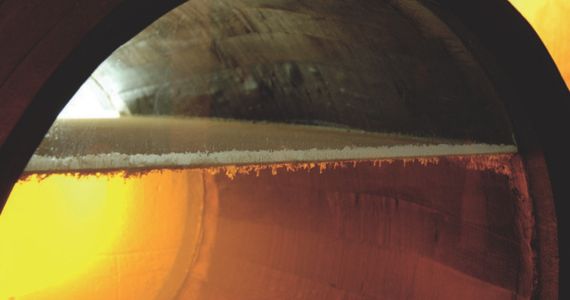
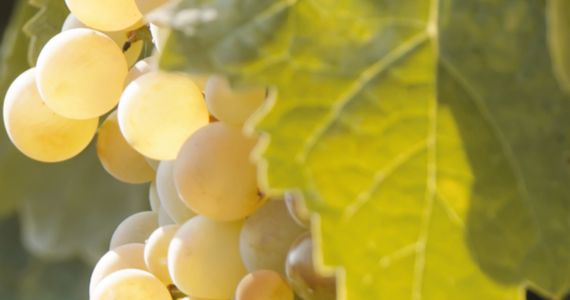
Onto the sweet sherries: Palo Cortados are far rarer, and tend to have nutty, caramel flavours. Many would say they are best enjoyed on their own, without food pairings.
As is suggested in the name, these popular sherries are much thicker and creamier than their dry counterparts. Cream sherry can begin like an Oloroso with Pedro Ximenez or Moscatel grapes, but in more complex cases, the grapes are dried out in the sunshine to achieve concentrated sugars and flavours.

This was our 2nd trip with Grape Escapes and this one was even better than the first (which we thought wasn't possible).
Paul - Google Review

